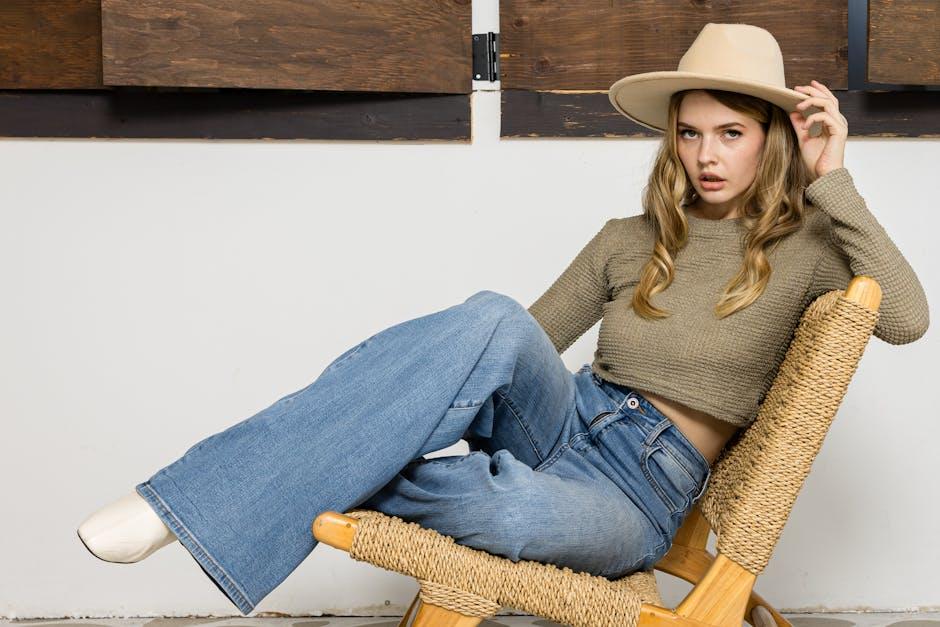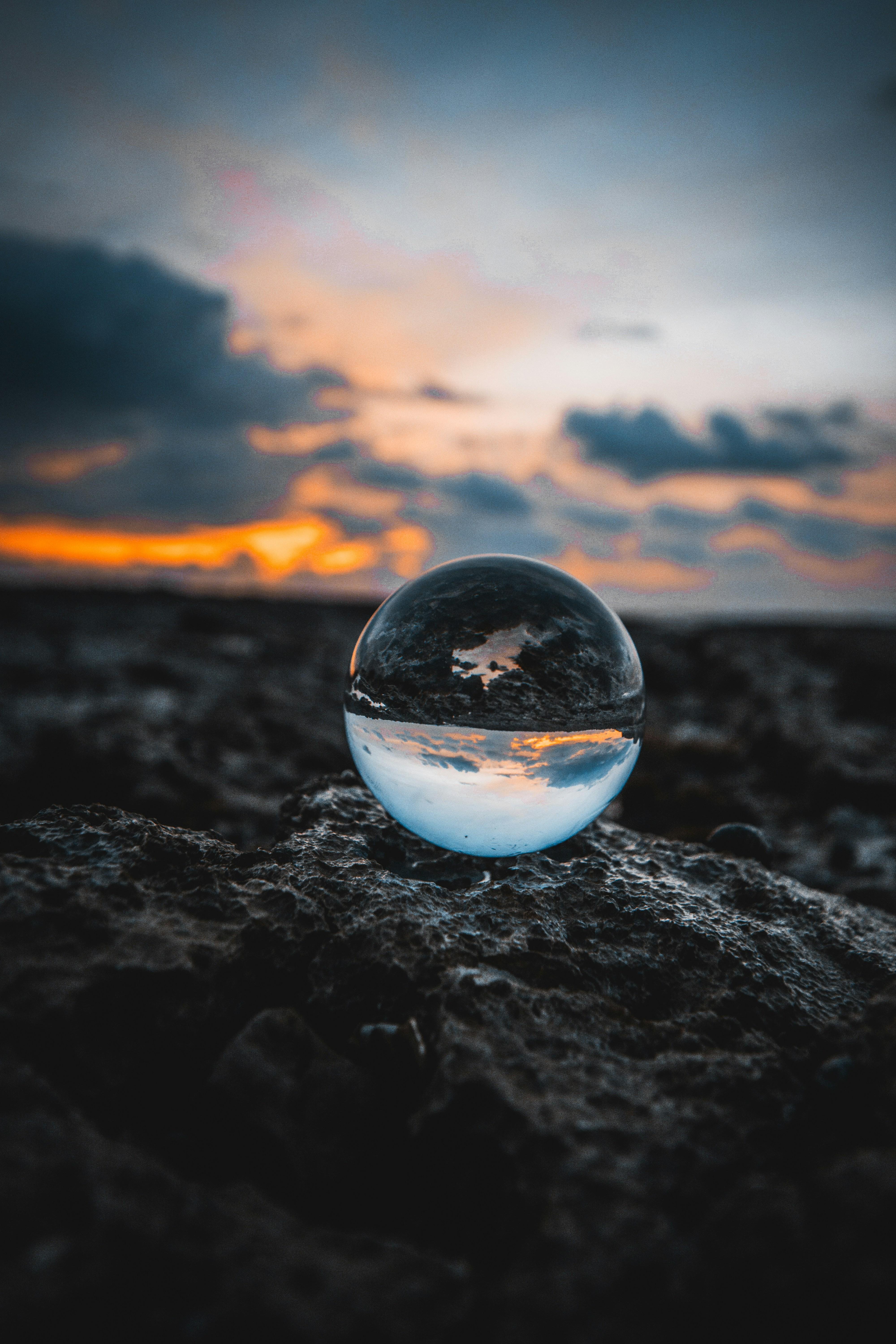In the sprawling landscapes of Middle-earth, where epic battles and timeless tales unfold, the magic of J.R.R. Tolkien’s universe is brought to life not only through storytelling but through the meticulous artistry of costumes and props. Each piece, from the simplest hobbit cloak to the most intricate elven armor, plays a crucial role in transforming imagination into reality. This article delves into the craftsmanship behind these creations, exploring how designers and artisans conjured the visual splendor that captivates audiences worldwide. Journey with us as we uncover the threads and details that stitched together the unforgettable world of The Lord of the Rings.
Crafting Elven Elegance: The Artistry Behind Iconic Attire
The ethereal beauty of the Elven attire in The Lord of the Rings is a testament to the meticulous craftsmanship that went into each garment. Inspired by the natural world, the costumes embody a sense of timeless elegance and grace. Designers drew upon elements such as flowing lines, intricate embroidery, and subtle hues to capture the essence of Elven culture. The use of silk, velvet, and chiffon added layers of texture, allowing the costumes to move with an almost otherworldly fluidity.
- Delicate embroidery: Patterns inspired by leaves and vines, symbolizing the deep connection to nature.
- Natural color palette: Earthy tones and soft pastels that reflect the Elves’ harmonious existence with their surroundings.
- Jewelry and accessories: Crafted with fine metals and gemstones, each piece tells a story of ancient heritage and wisdom.
These elements combined to create a visual narrative that not only defined the Elven identity but also enriched the storytelling of Middle-earth, transforming each scene into a tapestry of mythical elegance.
Forging Fantasy: The Intricate Craft of Middle-earths Weaponry
The creation of Middle-earth’s weaponry was a meticulous blend of craftsmanship and imagination. Each sword, axe, and bow was more than just a prop; it was an extension of the character wielding it. The artisans behind these iconic pieces drew inspiration from a variety of historical periods, infusing each weapon with its own unique story and personality. For instance, Aragorn’s sword, Andúril, was crafted with intricate runes and a refined elegance that echoed his royal lineage. The weaponry was not only functional but also served as a visual narrative, telling tales of valor and heritage.
- Elven Blades: Sleek and ethereal, reflecting the grace of their wielders.
- Dwarven Axes: Robust and sturdy, embodying the strength and resilience of their creators.
- Orcish Weapons: Brutal and jagged, designed for raw power and intimidation.
These weapons were carefully crafted using a combination of traditional blacksmithing techniques and modern technology, ensuring they were as durable as they were beautiful. The attention to detail in each piece helped bring the epic battles of Middle-earth to life, allowing audiences to fully immerse themselves in the legendary saga.

Material Magic: How Textures and Fabrics Shaped the Realm
In the enchanting world of Middle-earth, the power of textures and fabrics is undeniable. From the coarse, earthy garb of the hobbits to the ethereal silks of the Elves, each piece of fabric was meticulously chosen to tell a story. The costume designers utilized a rich tapestry of materials to reflect the diverse cultures and landscapes of Tolkien’s universe. Velvet, leather, and wool were not mere fabrications but integral to the characters’ identities, lending authenticity and depth to the narrative.
- Hobbits: Embracing natural tones and homespun textures, their attire mirrored the simplicity and warmth of the Shire.
- Elves: Flowing silks and shimmering threads captured their ethereal grace and timeless elegance.
- Dwarves: Robust leather and metalwork echoed their industrious nature and affinity with the earth.
The props, too, were crafted with an eye for detail. The intricate engravings on swords and the delicate beadwork on cloaks were not just for show but served to deepen the mythos of Middle-earth. This attention to material magic transformed the films into a tangible reality, where every texture and thread wove a tale of its own.

Bringing Legends to Life: The Essential Role of Authenticity
In crafting the world of Middle-earth, the dedication to authenticity was paramount. Every stitch and every seam in the costumes was meticulously designed to reflect the cultures and histories of Tolkien’s universe. The elven cloaks, woven with intricate patterns, whispered of ancient wisdom, while the rugged attire of the hobbits spoke to their earthy, pastoral lifestyle. Each garment was more than just fabric; it was a narrative woven into the very essence of the character.
- Weapons and Armor: Swords and shields were forged with painstaking attention to historical accuracy, ensuring that every piece felt as if it belonged to a bygone era.
- Jewelry: Rings, brooches, and necklaces were crafted with a level of detail that transformed them into heirlooms of a legendary past.
- Props: From Gandalf’s staff to the One Ring itself, each item was imbued with a sense of history and power, making them central to the storytelling.
The commitment to genuine detail was not just a nod to the fans but a fundamental aspect of bringing the legendary landscapes and characters of Middle-earth to life.

